Persimmon Tree Diseases: Troubleshooting Diseases In Persimmon Trees
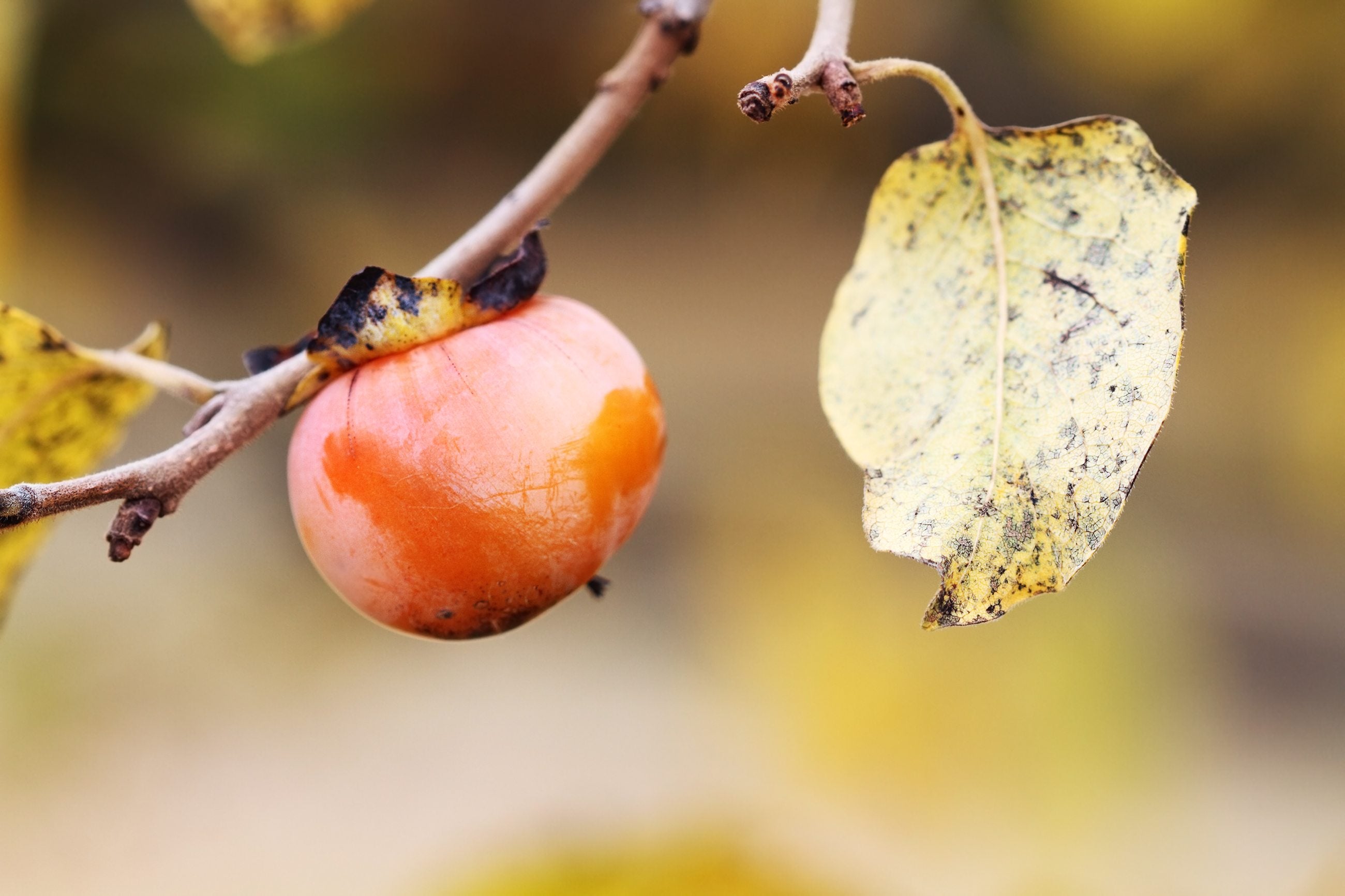

Persimmon trees fit into almost any backyard. Small and low maintenance, they produce delicious fruit in the autumn when few other fruits are ripe. Persimmons have no serious insect or disease problems, so there is no need to spray regularly. That doesn’t mean that your tree won’t occasionally need help, however. Read on for information about diseases in persimmon trees.
Persimmon Fruit Tree Diseases
Although persimmon trees are generally healthy, sometimes they do come down with persimmon tree diseases.
Crown Gall
One to keep your eye out for is crown gall. If your tree suffers from crown gall, you will see galls—rounded growths—on the persimmon’s branches. The roots will have similar galls or tumors and harden. Crown gall can infect a tree through cuts and wounds in its bark. Persimmon disease control in this case means taking good care of the tree. Avoid crown gall persimmon tree diseases by protecting the tree from open wounds. Be careful with the weed whacker around the tree, and prune when the tree is dormant.
Anthracnose
Diseases in persimmon trees also include anthracnose. This disease is also known as bud blight, twig blight, shoot blight, leaf blight, or foliar blight. It is a fungal disease, thriving in wet conditions and often appearing in spring. You’ll recognize anthracnose persimmon tree diseases by the black spots that appear on the leaves. The tree may lose its leaves starting at the bottom branches. You may also see black sunken spots on leaf stalks and lesions on the persimmon bark. Anthracnose disease is not often lethal in mature trees. These diseases in persimmon trees are caused by leaf spot fungi, and some affect the fruit as well as the leaves. Persimmon disease control when it comes to anthracnose involves keeping a clean garden. The anthracnose spores overwinter in leaf litter. In springtime, the winds and rain spread the spores to new foliage. Your best bet is to pick up all leaf litter in the fall after the tree’s leaves have dropped. At the same time, cut out and burn any infected twigs. Many of the leaf spot pathogens appear when the tree is getting a lot of moisture, so water early to allow the foliage to dry quickly. Usually, fungicide treatment isn’t necessary. If you decide it is in your case, use the fungicide chlorothalonil after the buds begin to open. In bad cases, use it again after leaf drop and once again during the dormant season.
Gardening tips, videos, info and more delivered right to your inbox!
Sign up for the Gardening Know How newsletter today and receive a free copy of our e-book "How to Grow Delicious Tomatoes".

Teo Spengler is a master gardener and a docent at the San Francisco Botanical Garden, where she hosts public tours. She has studied horticulture and written about nature, trees, plants, and gardening for more than two decades. Her extended family includes some 30 houseplants and hundreds of outdoor plants, including 250 trees, which are her main passion. Spengler currently splits her life between San Francisco and the French Basque Country, though she was raised in Alaska, giving her experience of gardening in a range of climates.
-
 Looking For Plants To Give You The Soft And Fuzzies? Try These 5 Fuzzy Leaf Plant Options
Looking For Plants To Give You The Soft And Fuzzies? Try These 5 Fuzzy Leaf Plant OptionsLovers of texture, drama, silver foliage and tactile plants will adore these special sensory garden additions. These fuzzy leaf plant options will leave you all aglow
By Susan Albert
-
 Get Ready For A Summer Of Hummers! Grow These Full Sun Hummingbird Plants and Flowers
Get Ready For A Summer Of Hummers! Grow These Full Sun Hummingbird Plants and FlowersIf you’re lucky enough to enjoy a sunny backyard, make sure you are maxing out on your pollinator opportunities and grow these full sun hummingbird plants and flowers
By Tonya Barnett
-
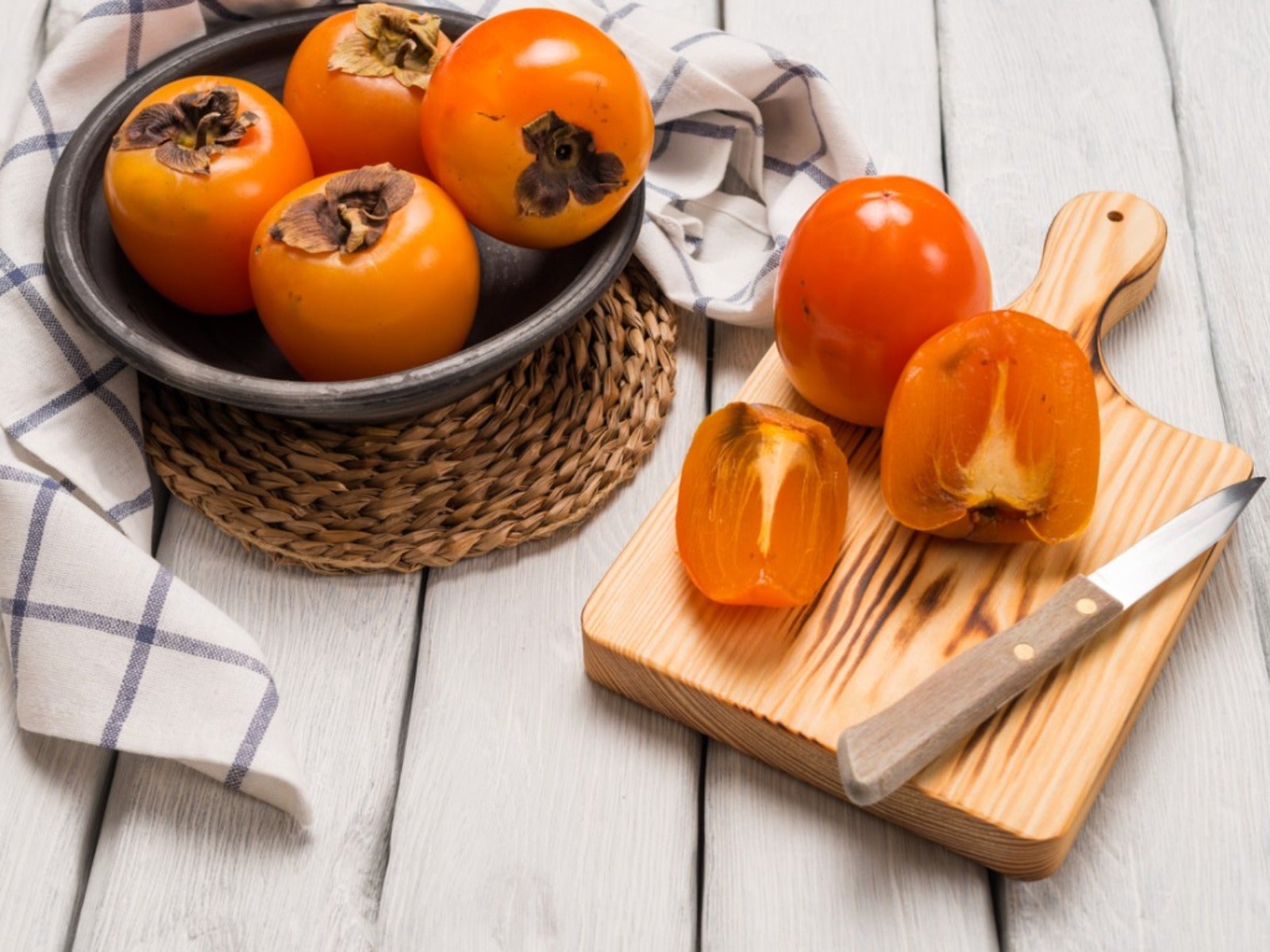 Cooking With Persimmons
Cooking With PersimmonsWant to use persimmons in the kitchen? Click here to learn how to harvest and prepare this fall favorite fruit.
By Amy Grant
-
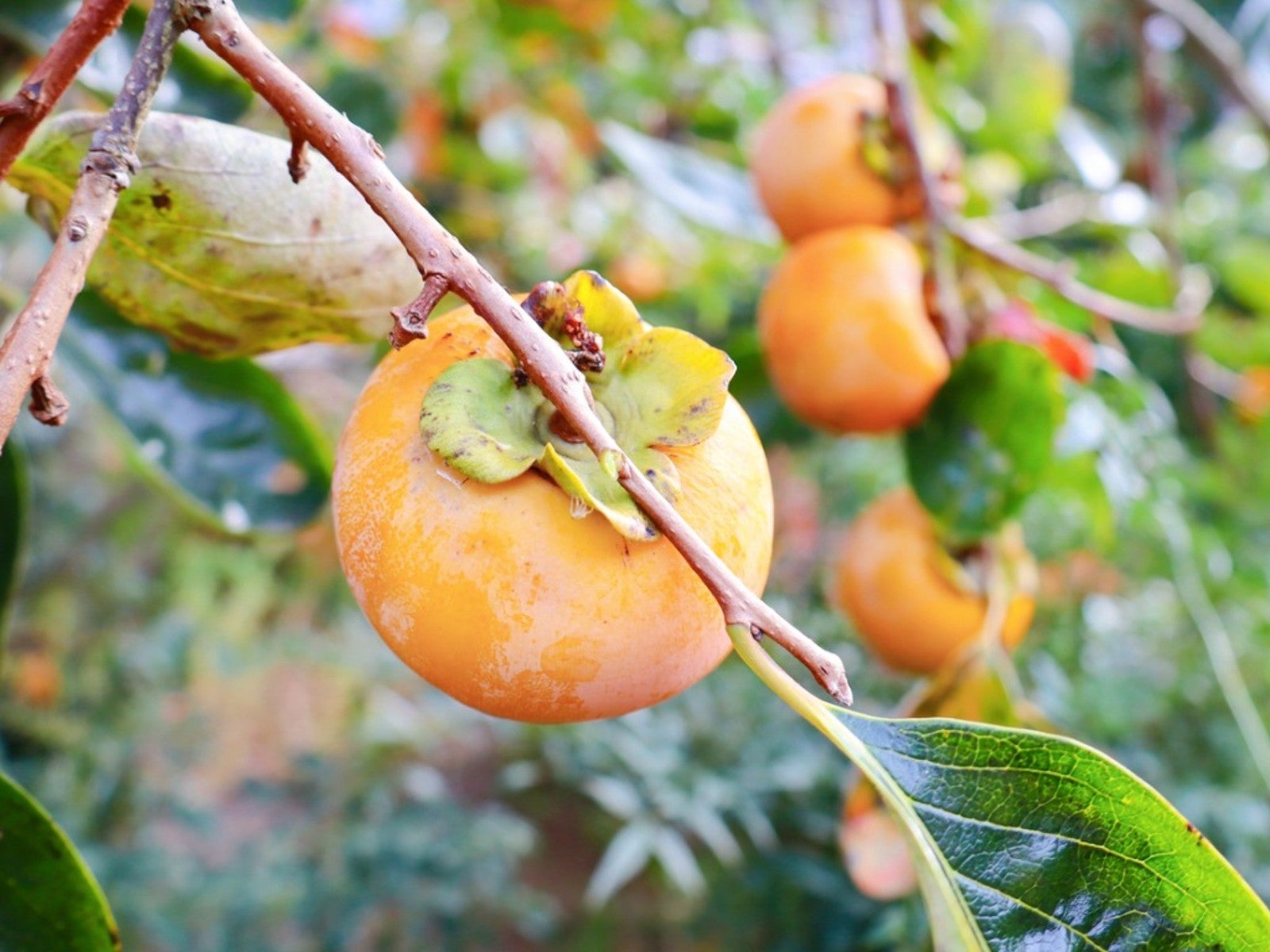 Growing Persimmons In Pots: How To Grow A Persimmon Tree In A Pot
Growing Persimmons In Pots: How To Grow A Persimmon Tree In A PotContainer growing works with many types of fruit trees including persimmon trees. And planting persimmon trees in pots can solve a lot of problems. Read on for more details about how to grow a persimmon tree in a pot on the patio.
By Teo Spengler
-
 Persimmon Leaf Drop – Why Is Persimmon Tree Losing Leaves
Persimmon Leaf Drop – Why Is Persimmon Tree Losing LeavesA popular tree for home orchards is persimmon trees. These delightful, little trees suffer few serious diseases or pests and are relatively easy to care for. However, if you notice your trees losing leaves, there could be a few reasons behind the cause. Learn more here.
By Teo Spengler
-
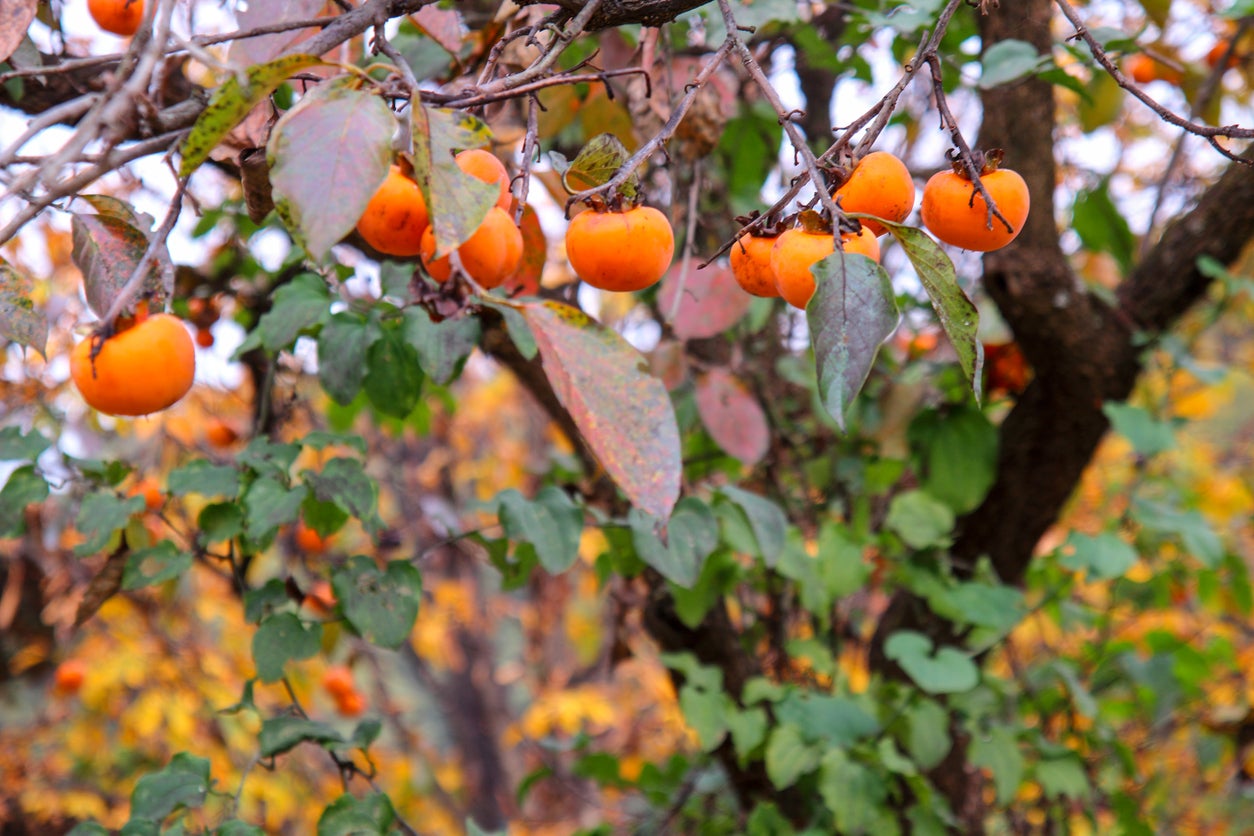 Fertilizing Persimmon Trees: Learn About Feeding A Persimmon Fruit Tree
Fertilizing Persimmon Trees: Learn About Feeding A Persimmon Fruit TreeHow much fertilizer does a persimmon tree need? The rules for fertilizing persimmon trees are a little different than those for other fruit trees and experts differ on the need for persimmon fertilizer. Click here for more information on persimmon tree feeding.
By Teo Spengler
-
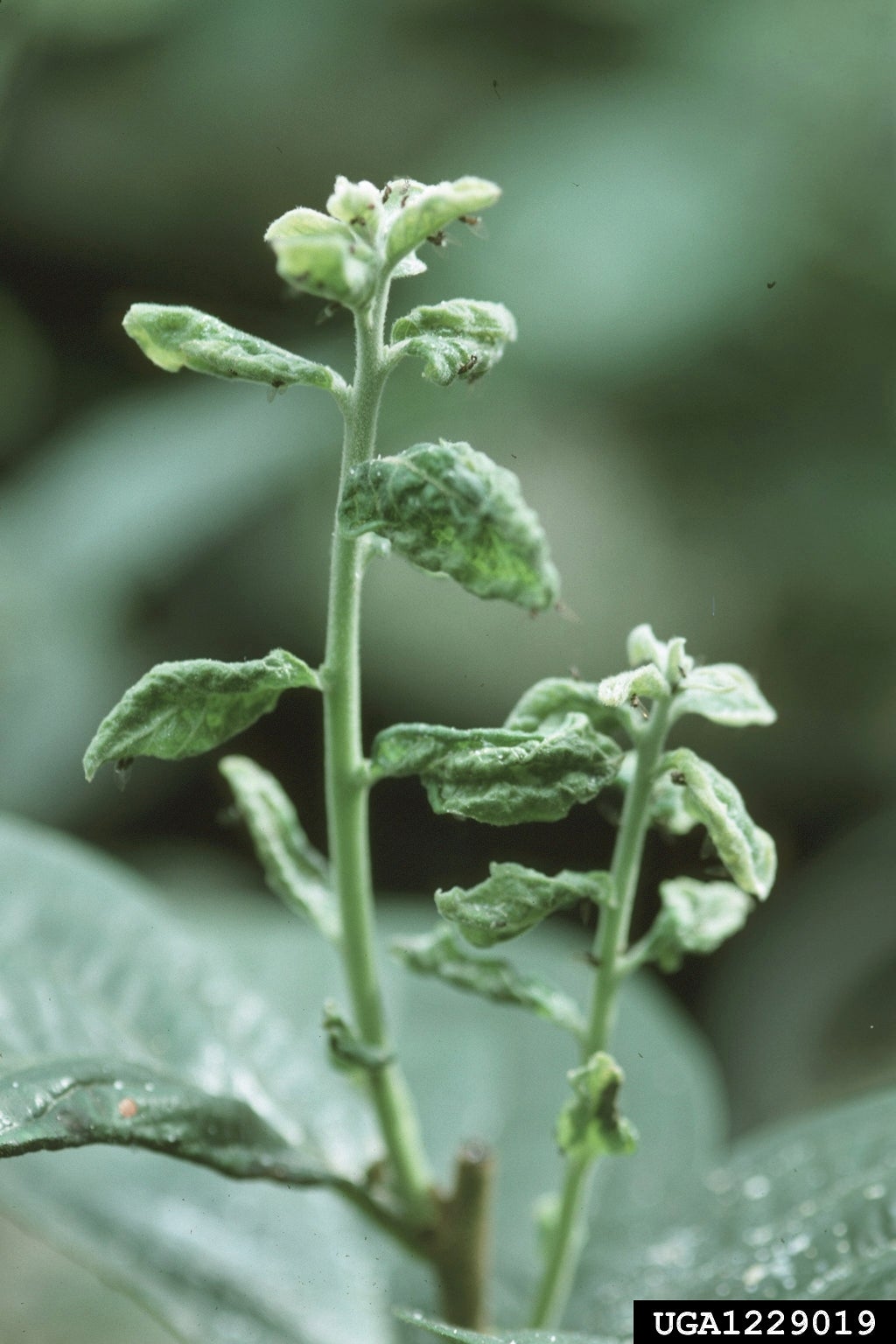 Curled Persimmon Leaves – Why Persimmon Leaves Are Curling
Curled Persimmon Leaves – Why Persimmon Leaves Are CurlingAlthough persimmon trees are generally durable and easy to grow, persimmon leaf curl is an indication that something isn’t quite right. If you’ve noticed curled persimmon leaves, careful troubleshooting is in order. Find reasons for curling leaves on persimmons here.
By Mary H. Dyer
-
 When Are Persimmons Ripe: Learn How To Harvest Persimmons
When Are Persimmons Ripe: Learn How To Harvest PersimmonsWhen they are less than perfectly ripe, they are terribly bitter, so knowing when to pick persimmons at their peak is essential. But how do you know when persimmons are ripe? Click this article to find out about harvesting persimmon fruit.
By Amy Grant
-
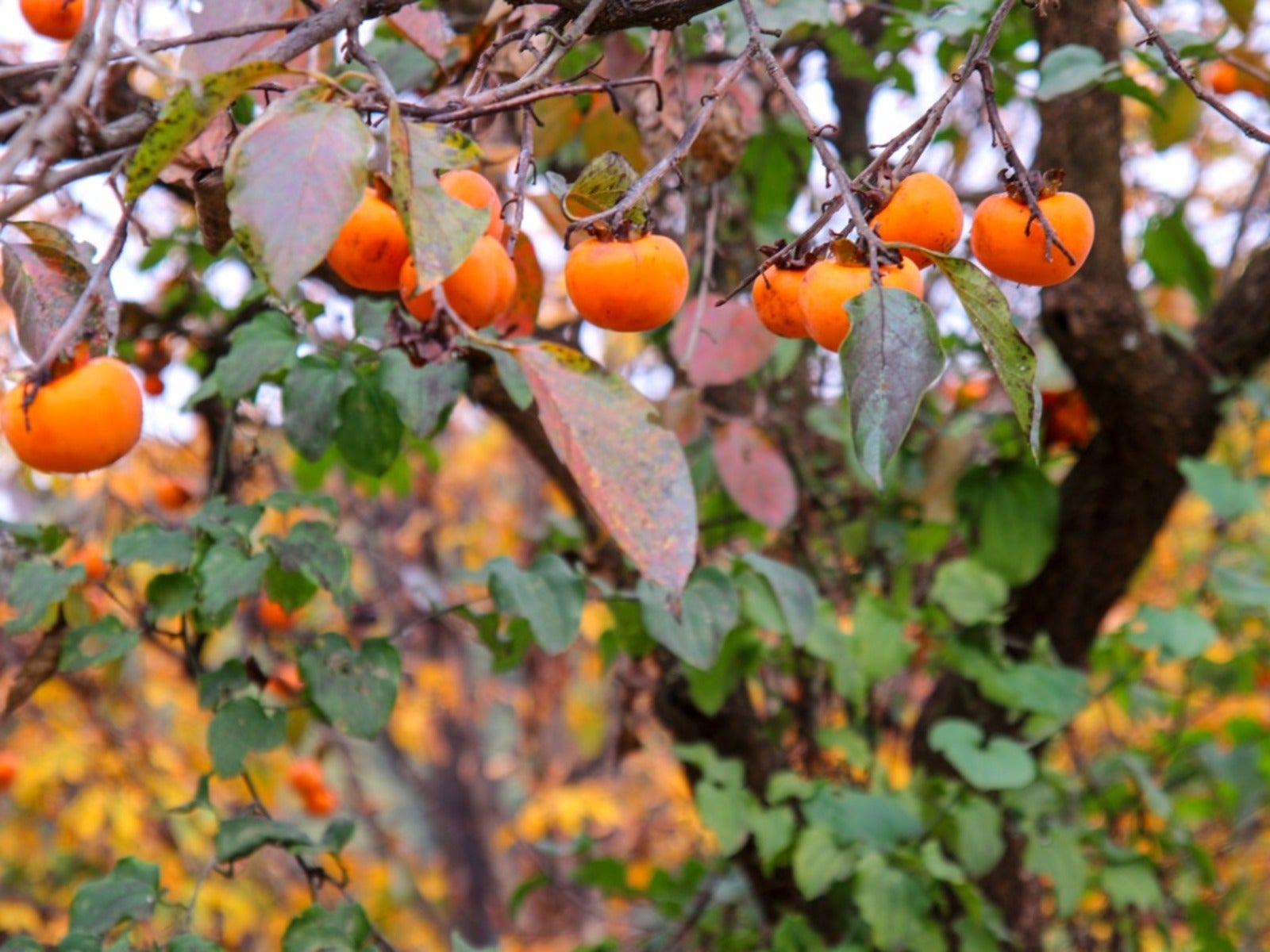 American Persimmon Tree Facts – Tips On Growing American Persimmons
American Persimmon Tree Facts – Tips On Growing American PersimmonsAmerican persimmons aren't as popular as their Asian cousins, but many people think they're tastier. Click for more.
By Teo Spengler
-
 Jackalberry Persimmon Trees: How To Grow An African Persimmon Tree
Jackalberry Persimmon Trees: How To Grow An African Persimmon TreeAn integral part of the savannah ecosystem, is it possible to grow jackalberry persimmon trees here? Click on this article to find out how to grow an African persimmon and other information on jackalberry persimmon trees.
By Amy Grant